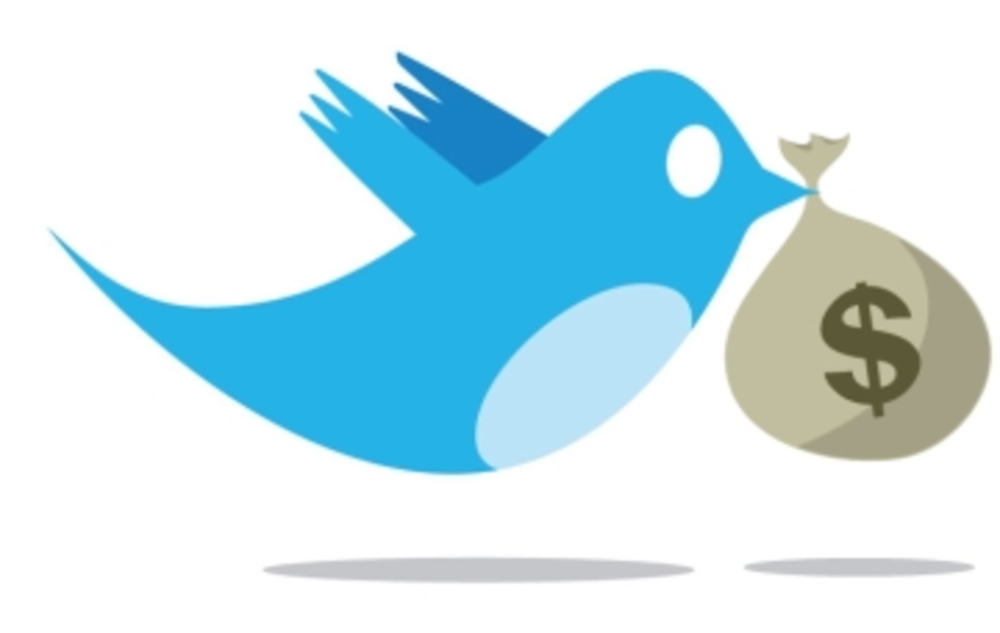Twitter released its second quarter earnings yesterday and financial analysts were, well, all a-twitter. Thanks in large part to a World Cup-related boost in activity, revenue for the quarter exceeded forecasts, up 129% to $312 million. The gain was right in synch with ad revenues, which rose by 129% to $277 million.
“By developing new products like the one we built around World Cup, we believe we can extend Twitter’s appeal to an even broader audience,” Twitter CEO Dick Costolo said. Twitter kicked off new user experiences for the soccer championship games that included real-time scoring, push notifications, and a voting ballot feature.
“The World Cup was Twitter’s most successful global event because the network focused on providing tools for its users to engage with,” commented Mary Beth Keetly, VP of marketing at the agency PM Digital.
For marketers, the company launched new advertising tools including mobile app promotions that allow developers to drive installs and engagements on Twitter, and website cards that let advertisers surface website content within a Tweet and drive traffic to relevant pages.
Twitter’s user numbers, while getting a World Cup boost, failed to get either the advertising or finance community screaming, “Goal!” Monthly active users (MAUs) were 271 million as of June 30, a 24% increase versus last year’s quarter, and mobile MAUs rose 29% to 211 million.
Marketers and analysts alike thought Twitter might use the occasion of the Q2 earnings report to introduce new metrics that would prove the network’s merit as an advertising medium beyond its installed user base, but Costolo was mum on the subject.
Earlier this month the Wall Street Journal had reported that Twitter was expected to introduce as many as four new metrics that would reposition the company as more of a broadcast platform like Google. Twitter is looking for ways to prove that its content reaches Web surfers, TV watchers, and even newspaper readers without Twitter accounts.
Twitter revenue for the first half of 2014 was $563 million, a 124% increase. Its adjusted EBIDTA—a measure used to estimate enterprise value—rose to $91 million from $21 million last year.








